Textiles based on agricultural waste, algae and fungi are being developed to improve the environmental impact of the fashion industry
The fashion industry has a significant negative impact on the environment. Textiles made of synthetic polymers are popular due to their physical properties such as durability and flexibility, and the simplicity of manufacturing and using the fabric. However, most synthetic polymer materials are produced from petroleum and coal, and are not easily recycled. Furthermore, material processing and the dyeing of fabrics can result in excess water use and water pollution.

As environmental awareness and the demand for sustainable alternatives continues to grow, researchers and industrial manufacturers are exploring the use of agricultural residues and biotechnology applications to manufacture sustainable materials from organic materials such as algae, fungi and mycelium. However, bio-based materials face challenges to reach their full potential, such as cost-effectiveness and difficulties expanding to large-scale production. To overcome these obstacles, continuous collaboration between chemists, material scientists and industrial professionals is essential.
Several novel bio-based sustainable fibres are currently in use, often using locally available materials. Agricultural waste is a source of textile fibres in many countries; in Saudi Arabia they use date palm waste in textile production, in Egypt eco-awareness clothing has been made from pineapple and banana leaf fibres, and in Morocco, textiles have been developed from orange and olive waste. Using agricultural waste both reduces resource depletion and supports long-term economic sustainability by fostering jobs in sustainable textile productions for farmers and local business.
Among non-waste sources for new textiles, algae have been positioned as one of the most revolutionary microorganisms. Algae actively sequester carbon dioxide (around 1.8 kg of CO₂ per kilogram of biomass produced), hence reducing the carbon footprint of the textile industry.
Algae, fungi and crustaceans
Algiknit, based in the US, is a bio-based material company that has created kelp-based yarns and fibres as biodegradable alternatives to synthetic fibres. To produce the textiles, a polysaccharide called alginate is extracted from the brown algae cell walls of kelp. This raw material is mixed with water to form a paste-like texture. The paste then undergoes both physical and chemical processing to transform it into filaments through extrusion.
Algae has potential as a sustainable textile because it can grow rapidly without the need for arable land or fresh water, making it a highly scalable option. Many researchers are also focusing on sustainable processing methods that use non-toxic materials, eco-friendly materials and green chemistry methods. In my opinion, however, for algae-based textiles to replace traditional materials they need further innovation, particularly to processing techniques, to improve their quality, durability, water resistance and performance.
Mycelium – a branched, thread-like network that forms a root-like structure of fungus – is another sustainable source. Mycelium-based materials are non-toxic, insulating and moisture absorbing and the final product is flexible and strong. MycoWorks and Bolt Threads in the US and other companies in Europe such as Fungi Mutarium in Italy and Mushlabs in Germany use mycelium-based materials in textiles. Mycelium can be grown rapidly using agricultural waste with minimal resource, but mycelium-based materials can be affected by moisture, which affects their usability in certain applications.
TômTex has also developed sustainable techniques to upcycle crustacean shell into fashion, bags, furniture and other applications. This innovative material is created from the biopolymer chitosan from two key natural waste products – mushrooms and seashells. The materials produced are petrochemical free, reducing dependence on fossil fuels, and can replicate the texture of fabrics like leather, suede and pleather. One of the main challenges is to scale up the production and maintain the textile efficiency and durability with maintaining the cost.
Overcoming challenges
Bio-based materials derived from cellulose (often from wood pulp) reduce water consumption and use less energy than traditional polyester production. However, they produce other side effects and environmental challenges. Sodium hydroxide and carbon disulfide are produced during the process and production of common cellulose-based materials such as viscose and modal. These chemicals are toxic, placing both workers and the environment at risk if not managed properly. However, there are some cellulose-based materials, such as lyocell, that are produced using more environmentally friendly solvents (though lyocell production still uses some sodium hydroxide) that can be recycled. Nonetheless, all cellulose-based fabrics are treated with dyes and synthetic coatings that makes them difficult to biodegrade in landfills, hence causing end of life issues.
Other challenges that remain for bio-based materials and sustainable fabrics include maintaining the quality of the product, affordability and consumer acceptance. Chemists will play a crucial role in overcoming these challenges by developing eco-friendly innovative synthesis processes and by improving the biodegradability of textiles.
With global environmental awareness, manufacturers, scientists and policymakers need to collaborate to drive real change in the industry. The work done so far in this field demonstrates how scientific innovation can drive significant environmental progress.

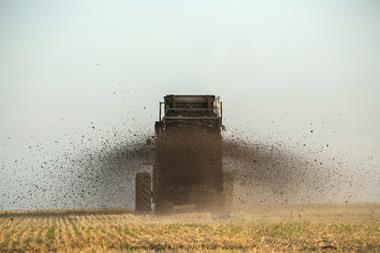


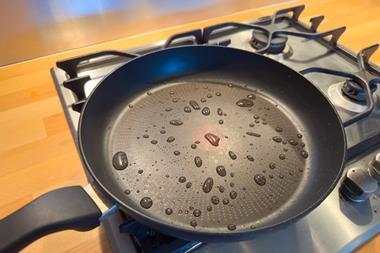

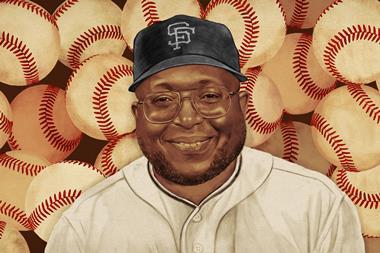
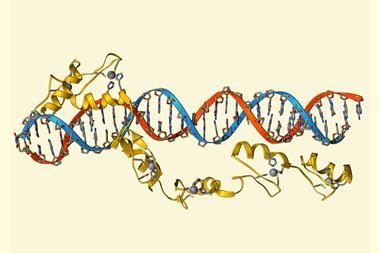

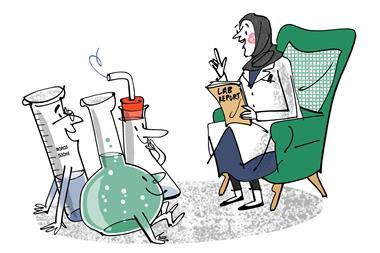
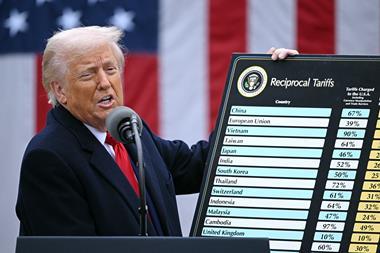

No comments yet